Frances C. James, An Ornithologist with a Propensity for Skepticism
Contributed by William Dritschilo
Frances Crews James, September 29, 1930-
 For her doctoral dissertation, “Fran” James questioned a hoary ecological shibboleth, correcting Ernst Mayr with a bit of German translation in the process. Although she was very much on the sidelines of the fracas that earned some of her more vocal colleagues at Florida State University the epithet, “Tallahassee mafia”—which some bore proudly—she was in agreement with their view that morphological comparisons alone should not be used to infer evolutionary processes or interspecific competition. She also cast a critical eye on some interpretations of the causes of trends in bird populations and some applications of multivariate analysis in ecology. In retirement, she is still exercising her propensity for skepticism, for example, about whether birds are really living dinosaurs.
For her doctoral dissertation, “Fran” James questioned a hoary ecological shibboleth, correcting Ernst Mayr with a bit of German translation in the process. Although she was very much on the sidelines of the fracas that earned some of her more vocal colleagues at Florida State University the epithet, “Tallahassee mafia”—which some bore proudly—she was in agreement with their view that morphological comparisons alone should not be used to infer evolutionary processes or interspecific competition. She also cast a critical eye on some interpretations of the causes of trends in bird populations and some applications of multivariate analysis in ecology. In retirement, she is still exercising her propensity for skepticism, for example, about whether birds are really living dinosaurs.
Education
1952 A.B., Zoology, Mount Holyoke College
1956 M.S., Zoology, Louisiana State University
1970 Ph.D., Zoology, University of Arkansas
“I grew up in suburban Philadelphia, where I had the good fortune as a child to tag along on the Expeditions for Everyone sponsored by the Academy of Natural Sciences. How well I remember Joe Cadbury standing in the rain in his poncho in Carpenter Woods naming all the migrant warblers he was hearing.”
 Three of Dr James’s summers as a teenager were spent serving food in the “Mess” of the Marine Biological Laboratory in Woods Hole, listening to research seminars, and being captivated by “the pulsing colors of squid embryos” as seen through a microscope. In 1954, she followed her new husband, ornithologist Douglas A. James, to Fayetteville, Arkansas. There she finished writing up her thesis for a Master’s degree at Louisiana State University, served as a part-time instructor at the University of Arkansas, raised three daughters, and eventually earned her PhD. While at LSU, she took part in the famous study of nocturnal bird migration in which bird silhouettes were observed as they crossed the moon. When she started her doctoral studies in 1965, her advisory committee had to be expanded to include ornithologists from three other institutions in order “to counter the inevitable criticism that my husband was my major professor.”
Three of Dr James’s summers as a teenager were spent serving food in the “Mess” of the Marine Biological Laboratory in Woods Hole, listening to research seminars, and being captivated by “the pulsing colors of squid embryos” as seen through a microscope. In 1954, she followed her new husband, ornithologist Douglas A. James, to Fayetteville, Arkansas. There she finished writing up her thesis for a Master’s degree at Louisiana State University, served as a part-time instructor at the University of Arkansas, raised three daughters, and eventually earned her PhD. While at LSU, she took part in the famous study of nocturnal bird migration in which bird silhouettes were observed as they crossed the moon. When she started her doctoral studies in 1965, her advisory committee had to be expanded to include ornithologists from three other institutions in order “to counter the inevitable criticism that my husband was my major professor.”
Dr James’s dissertation work was published in a monograph-length paper in Ecology. She essentially showed that temperature was important, but humidity “and possibly other climatic variables” were probably more important than temperature in Bergmann’s Rule, as redefined by Mayr. She calls her finding the NeoBergmannian Rule. She also used her extensive data to take a passing whack at the subspecies concept, helping to speed it toward an unlamented demise.
Career highlights
“I tried a similar project,” she wrote to Langenheim. “I started by spreading the word that I intended to start a ‘Phalarope Society’ for Ornithology, in which the women would give the papers and the men would handle the registration and serve the coffee. This was just a joke, but it opened the subject of sex roles in the discipline.”

The James field team at Lago Coatatelco, Morelos, in the central highlands of Mexico, summer 1984. Left to right: Frances C. James, Jorge Vega Rivera, Cathleen NeSmith, and James A. Cox.
Dr James’s studies of the habitat relationships of birds led her to introduce a concept that she christened, “niche gestalt.” Based on a more Gleasonian than community-oriented approach and expressed as multispecies habitat relationships along multivariate axes, it won her the Edwards Prize from the Wilson Ornithological Society. Later, as reported in Science, her reciprocal transplant experiments with red-winged blackbirds showed that geographic variation in their shape had an environmental as well as a genetic component. Always interested in the logic of science and methods of data analysis, she worked in collaboration with several statisticians. One example is her Annual Review paper with statistician Charles E. McCulloch in 1990 on the uses and misuses of applications of multivariate analysis in ecology. Recent and ongoing studies focus on two very different subjects: the habitat of the endangered red-cockaded woodpecker in relation to the longleaf pine ecosystem and whether birds really evolved from dinosaurs.
Besides the AOU, Fran was the president of the Florida Ornithological Society (2003) and the American Institute of Biological Sciences (1997). She also served on the Board of Directors for the Cornell Laboratory of Ornithology, the American Institute of Biological Sciences, and the World Wildlife Fund; the Board of Governors of The Nature Conservancy; and the Council of the Ecological Society of America (1977-1979).
Photos provided by Dr. Frances C. James or her daughter, Sigrid James, for use here. Additional photos are in the gallery below.
Selected awards
1971 Best Journal Article, Wilson Ornithological Society
1992 Elliott Coues Award, American Ornithologists’ Union
1994 Florida State University Teaching Award
1996 Distinguished Research Professor, Florida State University
1997 Eminent Ecologist Award, Ecological Society of America
1997 Outstanding leadership award, American Institute of Biological Sciences
1998 Distinguished Alumni Award, University of Arkansas
1999 Margaret Morse Nice Medal, Wilson Ornithological Society
2013 Honorary Doctorate, University of Arkansas
Selected research contributions
Papers cited here are available via Dr. James’s faculty page at Florida State University.
James, F. C. 1970. Geographic size variation in birds and its relation to climate. Ecology 57:356–90.
James, F.C. 1971. Ordinations of habitat relationships among breeding birds. Wilson Bulletin 83:215–36.
James, F. C. 1983. The environmental component of geographic variation in the size and shape of birds: transplant experiments with blackbirds. Science 221:184–86.
James, F.C., and C.E. McCulloch. 1990. Multivariate analysis in ecology and systematics: panacea or Pandora’s box? Annual Review of Ecology and Systematics 21:129–66.
James, F. C. 1991. Complementary descriptive and experimental studies of clinal variation in birds. American Zoologist 31:694-706.
James, F. C., C. E. McCulloch, and D. A. Wiedenfeld. 1996. New approaches to population trends in land birds. Ecology 77:13-27.
James, F. C., C. A. Hess, B. C. Kicklighter, and R. A. Thum. 2001. Ecosystem management and the niche gestalt of the red-cockaded woodpecker in longleaf pine forests. Ecological Applications 11:854-870.
James, F. C., and J. A. Pourtless, IV. 2009. Cladistics and the origin of birds: a review and two new analyses. Ornithological Monographs #66, 78 pp., Supplement to The Auk 126:2.
James, F. C. 2010. Avian subspecies: introduction. Ornithological Monographs 67:1-5.
James, F. C., and J. S. Glitzenstein. 2011. Inadequate enforcement of the Endangered Species Act. Frontiers in Ecology and the Environment 9:263.
In the words of a colleague from her early years at Florida State University:
“Fran James has been an inspiration to countless students and colleagues. She is an uncompromising scientist who has a knack for finding key data to explore important ecological, evolutionary, and conservation-related questions, rigorously employing the appropriate statistical techniques to analyze her data, never overinterpreting the results of the analyses, and – maybe most impressively – never backing down when her results lead her to question received wisdom, even at risk to her popularity. She is a person driven to study many aspects of avian biology, but nevertheless Fran can always be counted on to listen and to reflect carefully on a colleague’s or student’s well-thought-out questions or issues in other ecological or evolutionary domains. It is quite amazing that someone so strongly motivated scientifically has operated so well for years in the world of scientific society governance, engaging countless others in important aspects of the missions of such organizations while dealing remarkably well with the minutiae of committee work and leading large organizations.”
—Daniel S. Simberloff, April 2016
All photos in gallery below were provided by Dr. Frances C. James or her daughter, Sigrid James, for use here.

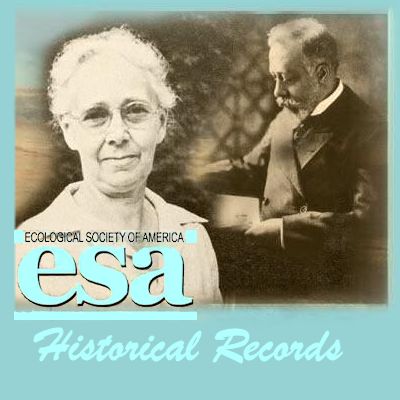

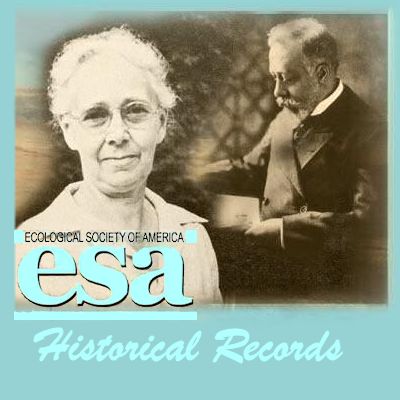
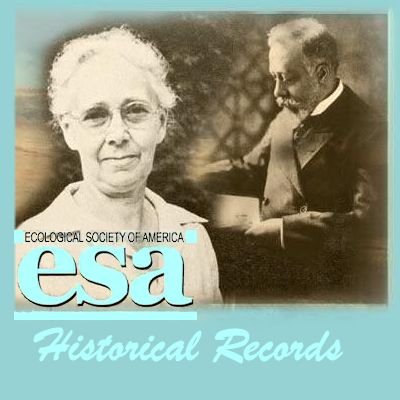
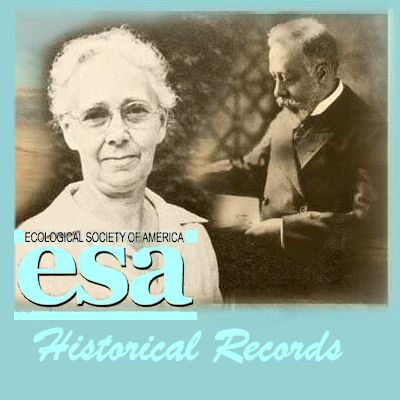
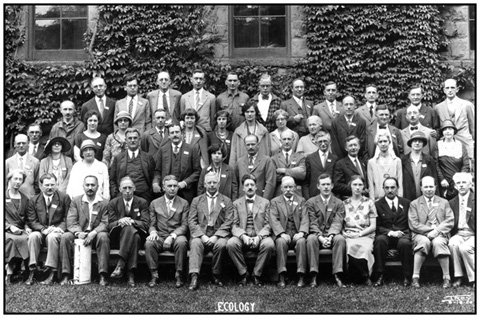
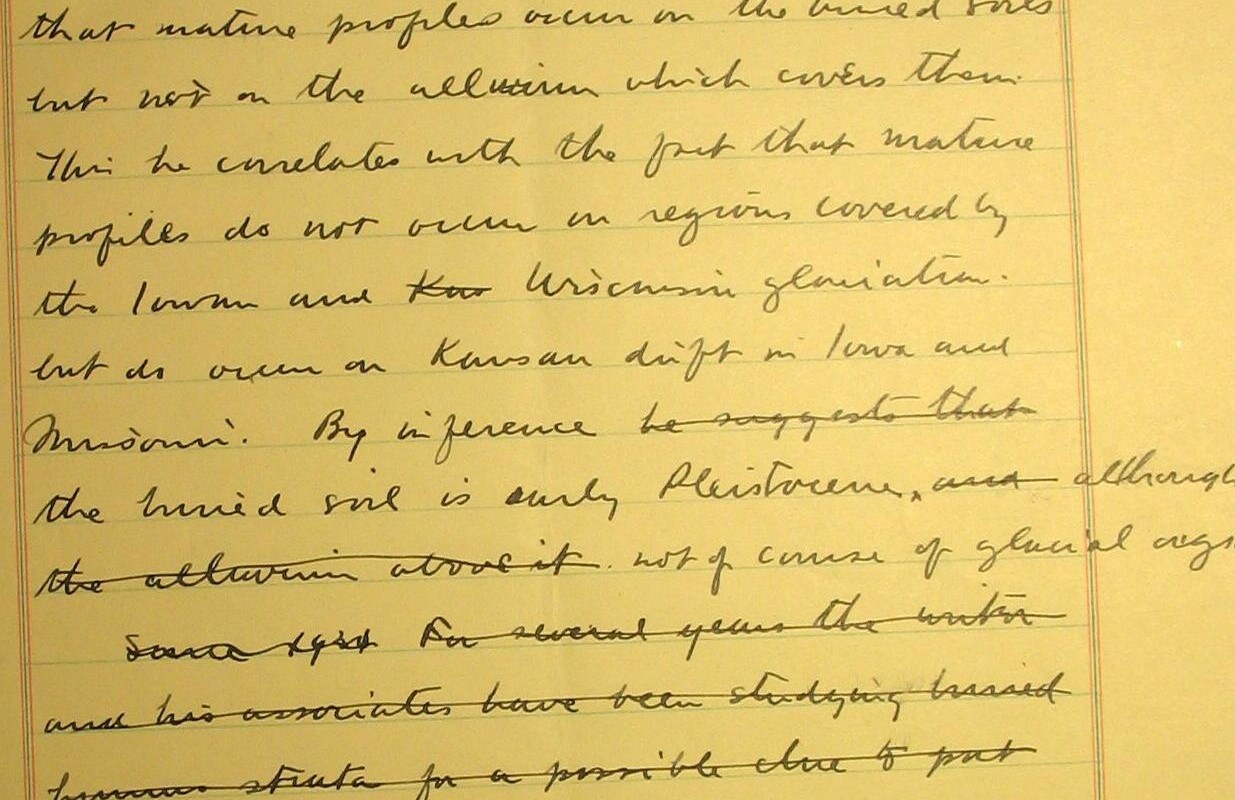








References and links
Dr. Frances C. James. BIOLOGICAL SCIENCE: FACULTY MEMBER EMERITA. http://www.bio.fsu.edu/faculty-james.php
James, F. C. 2001. A research program in ecology and ecomorphology: The 1999 Margaret Morse Nice Lecture. Wilson Bulletin 113:140-163.
James, Frances C. December 8, 1986. Personal communication to Jean H. Langenheim.
James, Frances C., and Emily H. DuVal. 3 September 2015. History of Ornithology at Florida State University. Draft Copy. Nuttall Ornithological Club. 33 p.
Langenheim, Jean H. 1996. EARLY HISTORY AND PROGRESS OF WOMEN ECOLOGISTS: Emphasis Upon Research Contributions. Annual Review of Ecology and Systematics 27: 1–53.
Lowery, G. H. Jr., and R. J. Newman. 1966. A continent-wide view of bird migration on four nights in October. Auk 83:547–586.
Simberloff, Daniel S. Personal communication; email to William Dritschilo. April 29, 2016.

